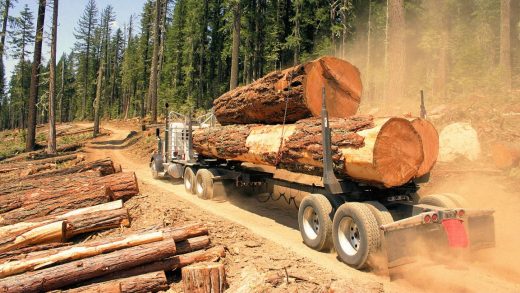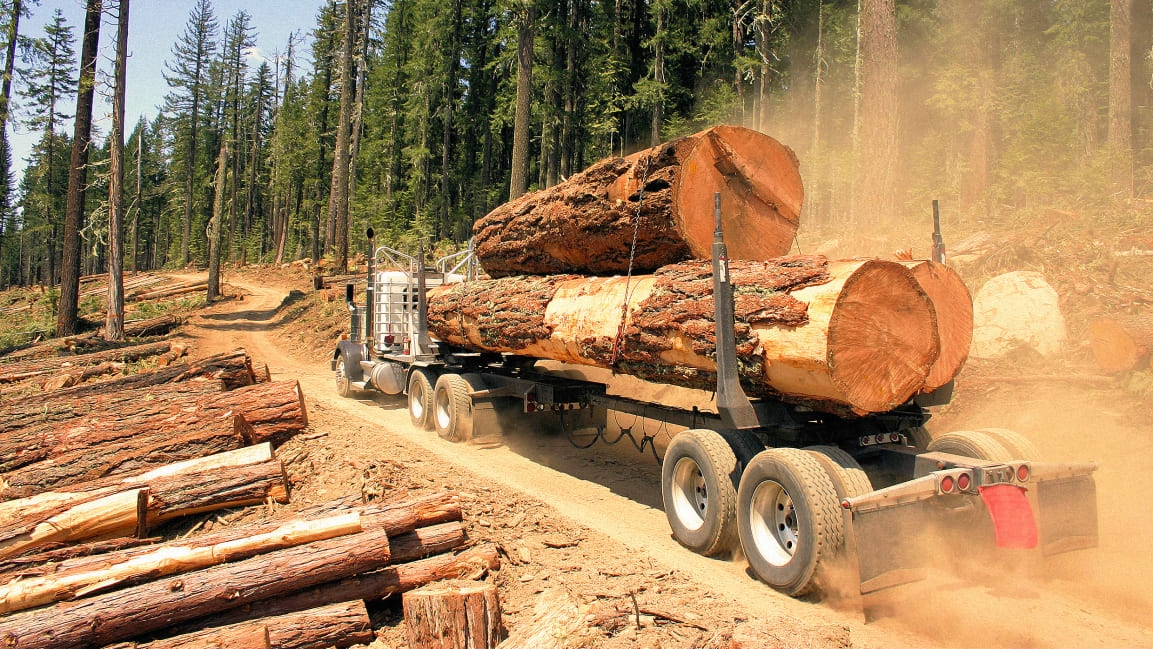Forests are a big part of the climate solution, but we’re not fixing the problem
Five years ago, hundreds of governments and companies—from Peru and Norway to McDonald’s and Walmart—made a historic pledge to cut deforestation in half by 2020, and end it by 2030. But a new report tracking the commitment, the New York Declaration on Forests, finds that the state of the world’s forests is actually now worse. The annual rate of tree cover loss each year has increased by 43%. On average, between 2014 and 2018, an area of forest the size of the state of Colorado disappeared each year.
It’s a bleak picture, especially because forests are a critical piece of fighting climate change. Still, some progress is underway, and experts say that we know how to solve the problem—we just need to act. “We know what to do,” says Francis Seymour, a fellow at the nonprofit World Resources Institute, a nonprofit that runs Global Forest Watch, a platform that tracks forests in real time. The organization was one of several to contribute to the new assessment. “All the satellite imagery and new technology that allows us to see what’s going on has really empowered our ability to assess what drives deforestation and what actions are effective in stopping it. We now know more than we’ve ever known before about this.”

The expansion of agriculture in tropical areas, especially beef, soy, and palm oil production, is the main reason that forests continue to be lost. Some companies with these commodities in their supply chains are taking the problem seriously, Seymour says, and have invested in tracking suppliers and acting when they discover problems. (Nestlé, which was targeted by a Greenpeace campaign linking its candy to deforestation nearly a decade ago, says that it expects more than 90% of its key agricultural commodities to be verified as deforestation-free by the end of 2020.) Many companies are doing far less, and some don’t even have goals to change.
Corporate commitments are only part of the solution. More money needs to be invested in protecting forests. Right now, out of the $256 billion committed globally to mitigating climate change, only 1.5% goes to stopping deforestation, despite the fact that forests could help provide as much as a third of the solution. At the same time, billions more is being invested in agriculture. “As long as there’s finance available for business-as-usual deforestation, we can’t expect the little drop in the bucket of investments in conservation to make that much difference,” Seymour says. Along with funding, governments also play a key role; Seymour says that law enforcement targeting illegal logging is especially effective. In each region, specific solutions may be different, and companies can partner with local groups and governments to find ways to incentivize forest protection and restoration. Governments can consider requiring food companies and others with affected supply chains to track their suppliers (the European Union is considering this type of regulation). Consumers also play a role. “We say how horrible it is that these forests are being converted for beef and for palm oil, but we happily continue to consume those things without being willing to pay the extra price premium for a product that is certified deforestation-free,” she says.
Seymour is optimistic that the report, along with other recent releases like a UN report that says that the world needs to completely transform how we grow food and use land, can spark necessary action. “I think that we have a lot more knowledge than we had five years ago, both in terms of continuing improvement of technology and experience of companies trying to do this, that we can come together and figure out what we need to do,” she says, adding, “We know what works. The problem is marshaling the political will to actually do something about it.”
(19)



